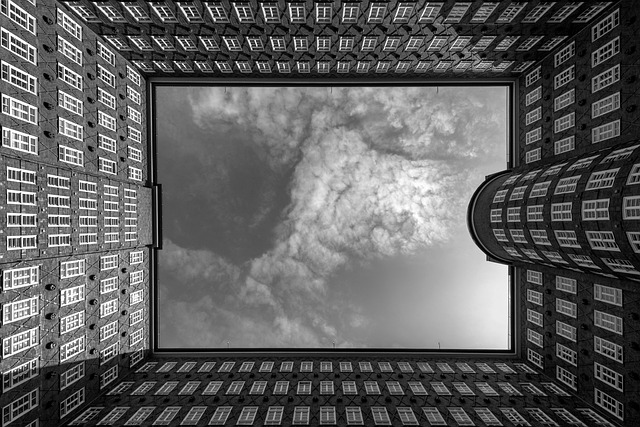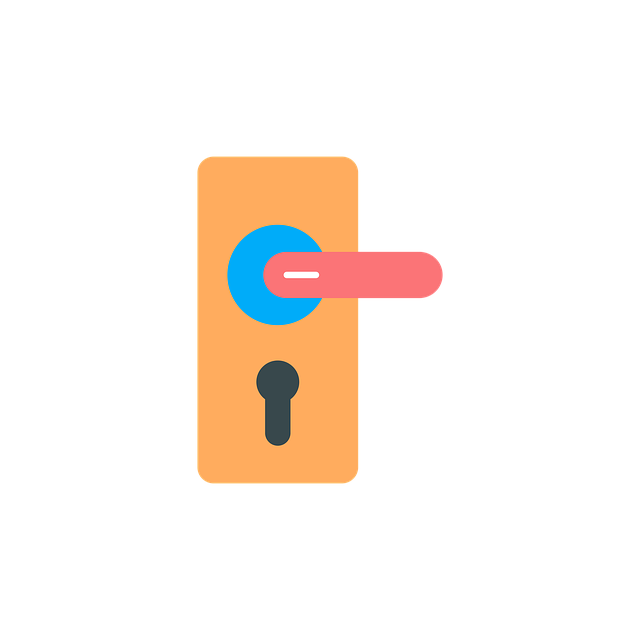Medical alert systems tailored for seniors are becoming vital tools in ensuring their safety, offering immediate assistance through wearable devices or automatic fall detection. These advanced systems incorporate GPS tracking, sensors, and health monitoring to connect users to emergency services quickly, promoting independent living and providing peace of mind for both seniors and their loved ones. Leveraging smart home connectivity and AI, these systems adapt to individual routines, recognize unusual behavior, and predict potential hazards, transforming senior care and improving quality of life.
In an aging population, understanding the unique safety needs of seniors is paramount. This article explores innovative safety technology tailored to address these specific challenges. From the foundational role of medical alert systems for seniors to cutting-edge technologies enhancing their well-being, we delve into how advancements in smart home integration and care practices are revolutionizing senior safety. Discover the future of senior care as we navigate these transformative trends.
- Understanding the Unique Safety Needs of Seniors
- The Role of Medical Alert Systems in Senior Safety
- Advanced Technologies Enhancing Senior Safety
- Future Trends: Smart Homes and Senior Care Integration
Understanding the Unique Safety Needs of Seniors

Seniors have distinct safety requirements that often differ from younger demographics. As people age, they may experience reduced mobility, cognitive changes, and various health conditions, all of which can impact their ability to respond effectively in emergency situations. Understanding these unique challenges is crucial when developing safety technologies tailored for this population.
One prominent solution gaining traction is the integration of medical alert systems for seniors. These systems often include wearable devices or buttons that allow individuals to promptly notify emergency services or caregivers in case of a fall, sudden illness, or other urgent circumstances. By leveraging such technology, professionals can provide timely assistance, ensuring seniors’ safety and peace of mind.
The Role of Medical Alert Systems in Senior Safety

Medical alert systems have become indispensable tools in ensuring the safety and well-being of seniors. These innovative technologies are designed to provide immediate assistance in case of emergencies, offering peace of mind for both the elderly individuals and their loved ones. With a simple press of a button or automatic fall detection, medical alert systems connect users to emergency services, allowing for swift response times.
For seniors living alone, these systems serve as a lifeline, enabling them to access help during medical emergencies, falls, or even when experiencing symptoms of stroke or heart attack. Advanced medical alert devices go beyond basic calling features by incorporating GPS tracking, automatic fall detection sensors, and health monitoring capabilities, providing comprehensive care and enabling independent living for the elderly population.
Advanced Technologies Enhancing Senior Safety

Advanced technologies are playing a pivotal role in enhancing senior safety, particularly when it comes to monitoring and ensuring their well-being. One prominent example is the development of sophisticated medical alert systems for seniors. These systems go beyond basic emergency calls by incorporating features like automatic fall detection, real-time location tracking, and integration with wearable devices. With just a simple button press or automatic activation during a fall, seniors can quickly connect with emergency services, providing crucial time for assistance.
Moreover, these technologies often include smart home connectivity, allowing caregivers and family members to remotely monitor daily activities and vital signs. Such innovations not only empower seniors to live independently but also offer peace of mind to loved ones. By leveraging artificial intelligence and machine learning, these systems can adapt to individual routines, recognize unusual behavior, and predict potential hazards, thus fostering a safer environment for our aging population.
Future Trends: Smart Homes and Senior Care Integration

The future of senior care is poised to be revolutionized by the seamless integration of smart home technology and medical alert systems for seniors. As homes become increasingly automated, they can adapt to an aging population’s needs, promoting independence and safety within familiar surroundings. Smart home devices can monitor environmental factors like fall risks, detect unusual behavior patterns, and automatically adjust lighting or temperature settings based on individual preferences and health requirements.
This integration promises a more comfortable and secure living environment for seniors, allowing them to age in place with reduced assistance from caregivers. Medical alert systems embedded within these smart homes can swiftly notify emergency services if a fall occurs or detect elevated heart rates, ensuring timely interventions without compromising privacy. Such advancements have the potential to transform senior care, enhancing quality of life while providing peace of mind for both residents and their families.
As we look towards the future, integrating advanced safety technologies, such as medical alert systems for seniors and smart home solutions, offers a promising path to enhancing the well-being of our aging population. These innovative tools not only empower seniors to live independently but also provide peace of mind for their loved ones. By leveraging technology, we can navigate the complexities of an aging society, ensuring a safer and more secure environment for every generation.
